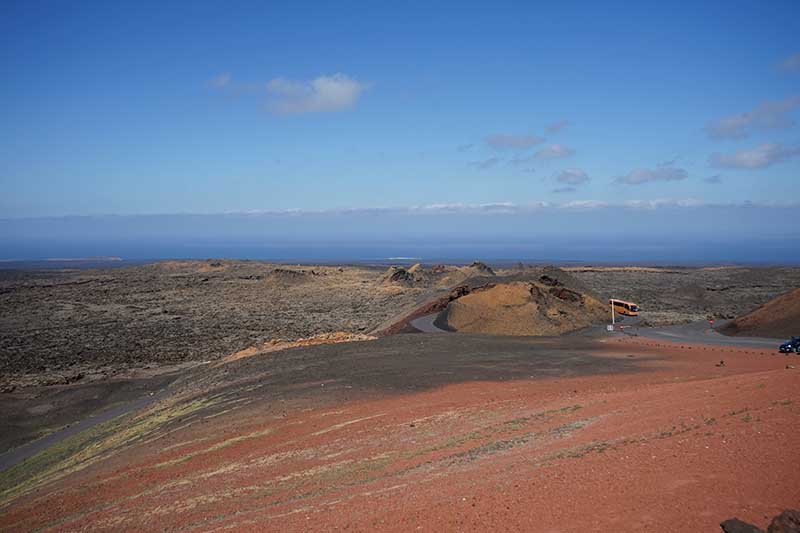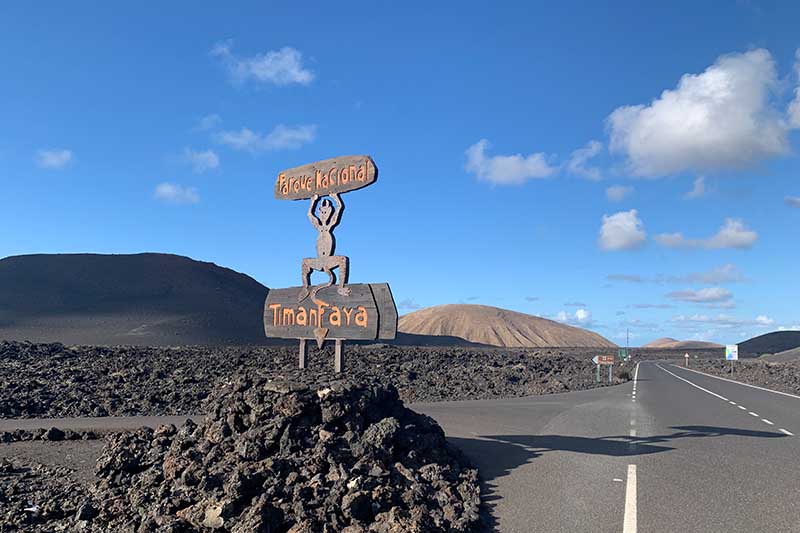
Geyser Pipìng Hot
Although the volcanic activity has stopped in Lanzarote, researchers are still studying the micro earthquakes that happen on the surface of the Earth’s crust, of interest for scientists but harmless for the island people. On the contrary, thermic anomalies are amusing for the visitors that watch a bit of water introduced in a hole the ground becoming a geyser of boiling steam in seconds, due to a magmatic camera situated three kilometres deep down that reaches from 100 to 200 degrees centigrades on the surface.



